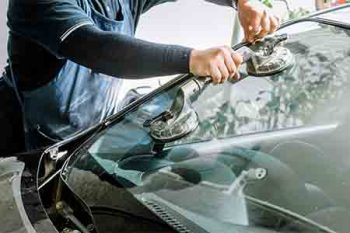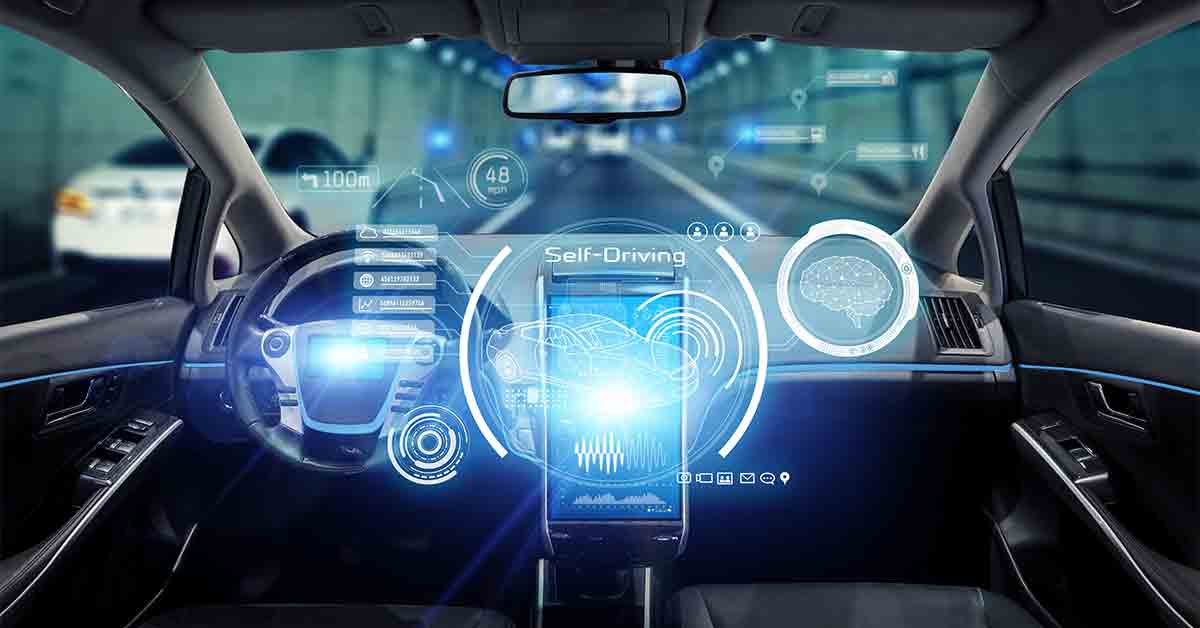Advanced Driver Assistance Systems and How They Affect Your Windshield Replacement
Over the last decade, multiple makes and models of American vehicles increasingly included ADAS (Advanced Driver Assistance Systems). This technology intends to help automate and enhance existing safety systems such as adaptive cruise control and automatic braking. While this technology has been on the market for a while, customers would be hard-pressed to find a new vehicle without some ADAS feature. If you need a windshield replacement and your vehicle has ADAS features, you need to have your windshield recalibrated after replacement to ensure that all of your safety features work correctly.
What Sort of ADAS Features Exist in My Car?
Certain ADAS features, such as tire pressure monitoring (TPS), have become nearly ordinary. However, other features, such as those listed below, have become increasingly prevalent in recent years:
- Adaptive Cruise Control
- Blind-Spot Monitors
- Collision-Avoidance Systems
- Parking Sensors
- Wrong-Way Driving Warnings
- Hill Descent Control
- Intelligent Speed Adaptation
- Drowsy Driver Detection
- Built-In Navigation Systems
- Lane Departure Warning Systems
These technologies use technology such as radar, cameras, sensors, networking, and computer imaging to help keep you and your family safe on the road.
Different Types of ADAS Sensors
Still unsure if your vehicle has ADAS or other forms of assistive technology? Here are some of the most common types of ADAS sensors and where to find them on your car:
1. Front-Facing Cameras
If your vehicle has automatic braking, adaptive cruise control, lane departure warnings, or automatic headlight high-beam activation, the car likely has front-facing camera sensors. These are easy to see, as they’re usually mounted against the inside of the windshield. Camera sensors “translate” information it sees into metrics for your vehicle’s computer to interpret and use to control safety systems. If anything goes wrong with the cameras’ calibration, the sensors may not be able to accurately inform the car’s computer of any dangerous situations, rendering the safety features useless.
2. Front-Facing Radar Sensors
Front-facing radar sensors aid vehicles with features such as adaptive cruise control, forward collision warning, and automatic braking. The sensors transmit high-frequency radio signals that reflect off objects around the car and return to the sensor. These sensors are typically found in or just behind the front bumper or grille.
3. Ultrasonic Sensors
A vehicle’s ultrasonic sensors aid in parking assist and self-parking ADAS technologies. They’re typically found in the front or rear bumper covers, and they work similarly to radar sensors. Ultrasonic sensors do not require calibration, but they are meant to be in precise positions to work correctly.
4. Steering Angle Sensors
Steering angle sensors provide your car’s computer information related to electronic stability control and adaptive suspensions. Additionally, steering angle sensors help with lane departure warnings and adaptive headlight technology. You won’t be able to see these sensors, though, as they’re usually built into the steering column.
Windshield Replacement and ADAS

Despite all of the new technology, not much can be done about rocks on the highway or other sources of trauma to your vehicle. If your vehicle has integrated ADAS features in its windshield, your windshield replacement isn’t as straightforward as it used to be.
While windshields, even on ADAS-integrated vehicles, look like they’re made from glass, they’re not just glass. While you can’t see them, your windshield has built-in sensors linked to the vehicle’s ADAS. If the sensors change position, even only by one degree or one millimeter, the entire system may be affected. If your car has an advanced feature, such as a lane departure warning system, the windshield has areas for the lens. These specialized areas must be lined up properly during calibration, or the ADAS feature won’t work correctly, putting you at risk on the road.
How Does ADAS Calibration Work?
The process for ADAS calibration varies from vehicle to vehicle. Consider the fact that any single year, make, and model of a car has over twenty possible windshields. While calibration for some cars may be as simple as resetting the car’s computer, other calibration processes require the technician to set up lasers, take precise measurements, and make manual adjustments. ADAS calibrations require specialized tools and training, which our technicians at Collision Auto Glass & Calibration & Calibration have undergone successfully. We own our equipment, as well, so we can perform your windshield replacement accurately and promptly.
What Happens If You Don’t Calibrate Your Windshield?
We do not recommend ignoring ADAS calibration after you have your windshield replaced. For the ADAS to work correctly, it requires inputs from a variety of sensors to interpret the environment and what’s going on in traffic around the vehicle. As mentioned before, ADAS sensors need precise aiming and calibration, and if any of them are misaligned, you could see any of the following problems in your car:
- A diagnostic trouble code in your vehicle’s computer memory
- A warning light on the driver’s dashboard
- Vehicle steering pull and steering wheel vibration
- Increased steering effort
Problems with your vehicle’s steering can severely affect your safety on the road, along with the safety of everyone around you. You must get your windshield calibrated after replacement.
How Can Collision Auto Glass & Calibration & Calibration Help?
Here at Collision Auto Glass & Calibration & Calibration, we ensure that we have the latest technology on hand to handle your vehicle’s windshield replacement and calibration. We send our highly-qualified technicians to training to make sure we provide accurate service to our customers. Our customers and their families’ safety are our priority, and we work to send each of our clients home with a properly installed and calibrated windshield. Call today to get started, and one of our knowledgeable staff members can answer any questions you have about your windshield replacement and ADAS calibration!

